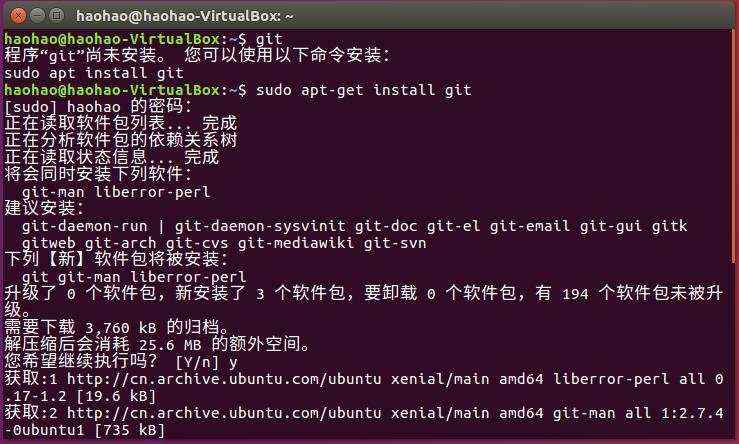2019独角兽企业重金招聘Python工程师标准>>> 
Linux 上创建线程一般使用的是 pthread 库 实际上 libc 也给我们提供了创建线程的函数 那就是 clone
int clone(int (*fn)(void *), void *child_stack,
int flags, void *arg, ...
/* pid_t *ptid, struct user_desc *tls, pid_t *ctid */ );
man 手册里面说的很清楚这个函数存在的意义就是实现 线程 当然这个函数不是 linux 的系统调用 而是对系统调用的封装 。
首先需要给新的线程创建个堆栈 ,使用函数 mmap ,这个函数常用来完成文件映射 这里分配内存也是可以的
void *pstack = (void *)mmap(NULL,
STACK_SIZE,
PROT_READ | PROT_WRITE ,
MAP_PRIVATE | MAP_ANONYMOUS | MAP_ANON ,//| MAP_GROWSDOWN ,
-1,
0);
通过指定 MAP_ANONYMOUS 标识 系统就不会创建文件映射 而仅仅分配内存
注意堆栈不要太小了 不然会溢出的 。。
然后调用 clone 函数
ret = clone(thread_func,(void *)((unsigned char *)pstack + STACK_SIZE),CLONE_VM | CLONE_FS | CLONE_THREAD | CLONE_FILES | CLONE_SIGHAND | SIGCHLD,(void *)NULL);
注意堆栈是向下增长的 所以指定对战的内存的时候 要使用分配内存的尾部的指针
几个标识的意义
CLONE_VM (0x100) - tells the kernel to let the original process and the clone in the same memory space;CLONE_FS (0x200) - both get the same file system information;CLONE_FILES (0x400) - share file descriptors;CLONE_SIGHAND (0x800) - both processes share the same signal handlers;CLONE_THREAD (0x10000) - this tells the kernel, that both processes would belong to the same thread group (be threads within the same process);
在线程函数中 直接 return 就可以退出线程了。。。。
使用 clone 的时候 指定 CLONE_THREAD 那么以后就不能使用 wait 来等待这个线程了 相当于 deteched .了。。。查看man 手册可以看到
A new thread created with CLONE_THREAD has the same parent process as the caller of clone() (i.e., like CLONE_PARENT), so that calls to getppid(2) return the same value for all of the threads in a thread group. When a CLONE_THREAD thread terminates, the thread that created it using clone() is not sent a SIGCHLD (or other termination) signal; nor can the status of such a thread be obtained using wait(2). (The thread is said to be detached.)
下面是我测试的代码
#define _GNU_SOURCE /* or _BSD_SOURCE or _SVID_SOURCE */
#include
#include
#include
#include
#include
#include
#include
#include
#include
#include
{printf("thread id %d \n", (int)syscall(SYS_gettid));printf("thread get param : %d \n", (int)lparam);sleep(1);return 0;
}void child_handler(int sig)
{printf("I got a SIGCHLD\n");
}int main(int argc, char **argv)
{setvbuf(stdout, NULL, _IONBF, 0);signal(SIGCHLD, child_handler);//signal(SIGUSR1, SIG_IGN);void *pstack = (void *)mmap(NULL,STACK_SIZE,PROT_READ | PROT_WRITE ,MAP_PRIVATE | MAP_ANONYMOUS | MAP_ANON ,//| MAP_GROWSDOWN ,-1,0);if (MAP_FAILED != pstack){int ret;printf("strace addr : 0x%X\n", (int)pstack);/*CLONE_VM (0x100) - tells the kernel to let the original process and the clone in the same memory space;CLONE_FS (0x200) - both get the same file system information;CLONE_FILES (0x400) - share file descriptors;CLONE_SIGHAND (0x800) - both processes share the same signal handlers;CLONE_THREAD (0x10000) - this tells the kernel, that both processes would belong to the same thread group (be threads within the same process);*/ret = clone(thread_func,(void *)((unsigned char *)pstack + STACK_SIZE),CLONE_VM | CLONE_FS | CLONE_FILES | CLONE_SIGHAND |SIGCHLD,(void *)NULL);if (-1 != ret){pid_t pid = 0;printf("start thread %d \n", ret);sleep(5);pid = waitpid(-1, NULL, __WCLONE | __WALL);printf("child : %d exit %s\n", pid,strerror(errno));}else{printf("clone failed %s\n", strerror(errno) );}}else{printf("mmap() failed %s\n", strerror(errno));}return 0;
}












 京公网安备 11010802041100号
京公网安备 11010802041100号